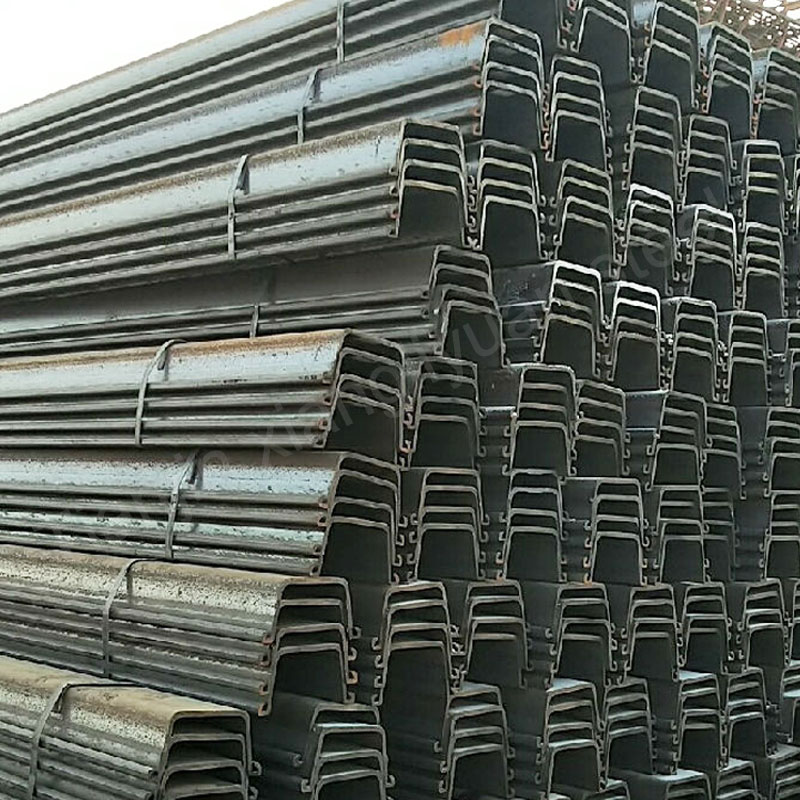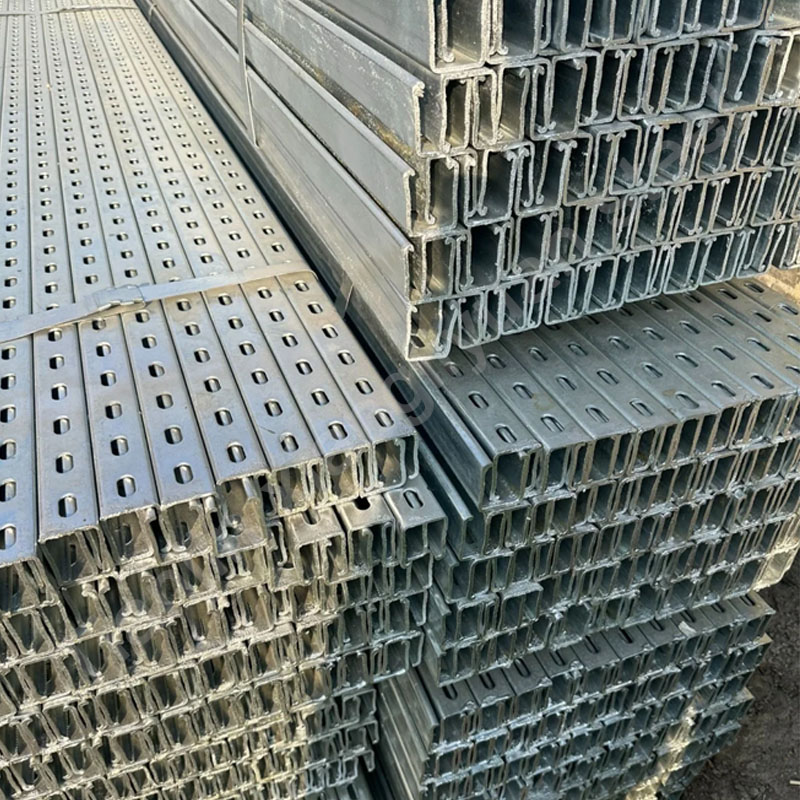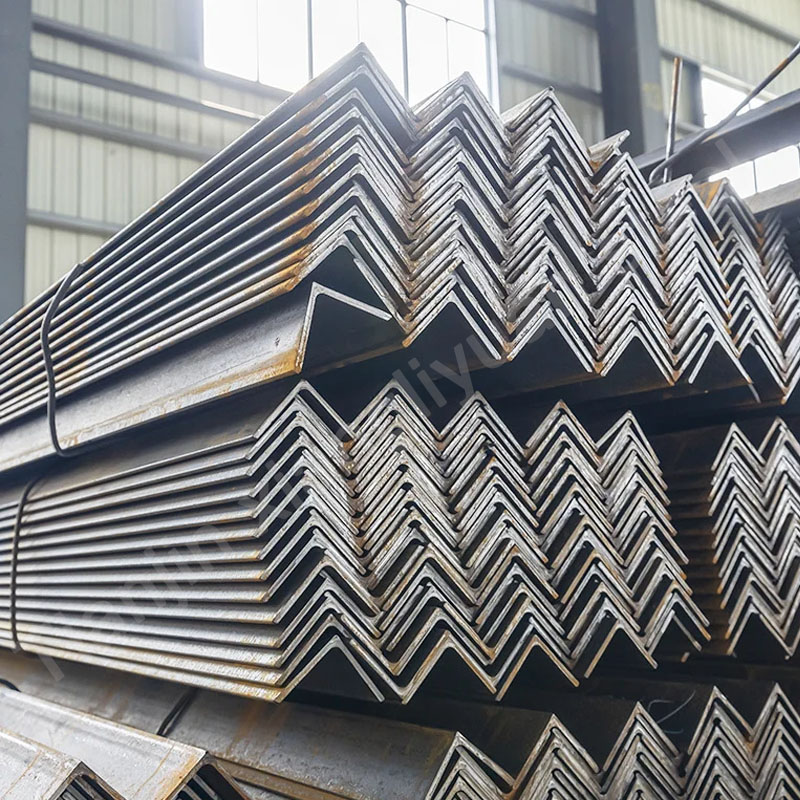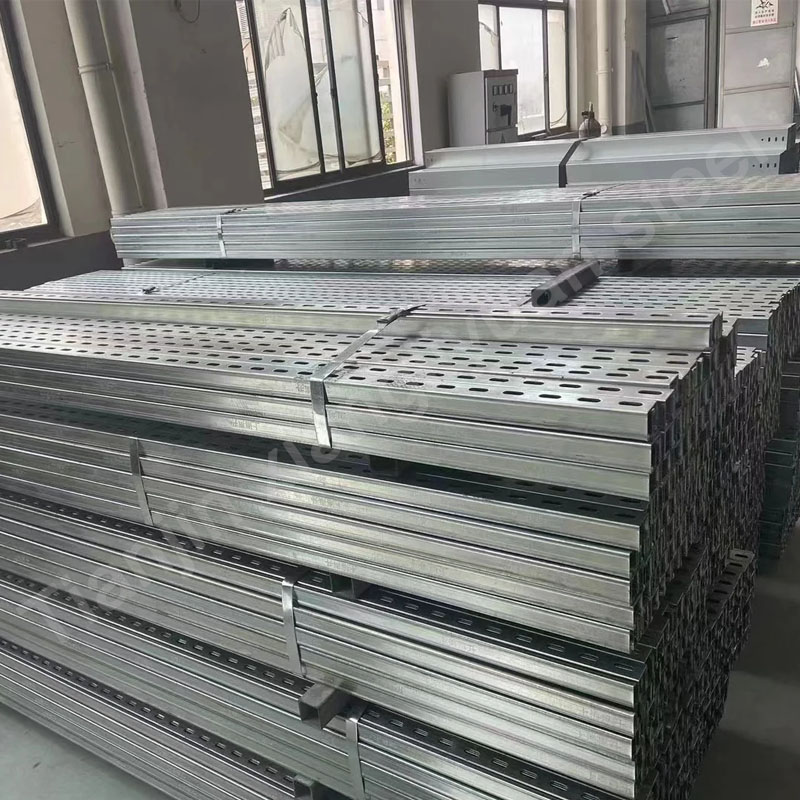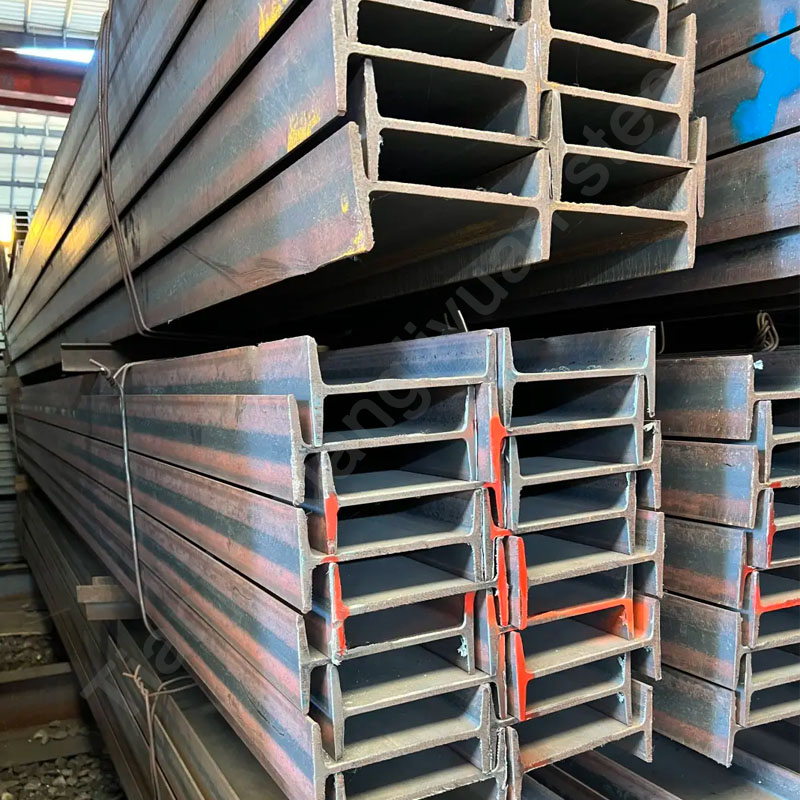Steel sheet piles are a type of steel with locks on the edges that can be connected to each other. They are widely used in foundation engineering, especially in retaining walls, cofferdams, revetments and other projects. Steel sheet piles have become an important material in civil engineering, port engineering and river regulation due to their simple construction, high strength and reusability.
Steel sheet piles can be divided into the following categories according to different standards:
1. Classification by cross-sectional shape
U-shaped steel sheet piles: The cross-section is “U”-shaped, which is the most common type of steel sheet piles. Its locks can be interlocked to form a continuous wall, which is often used for earthwork support and retaining walls.
Z-shaped steel sheet piles: The cross-section is “Z”-shaped, which makes the steel sheet piles have higher bending stiffness when bent, and are suitable for large spans and high retaining walls.
Straight plate steel sheet piles: The cross-section is a flat plate, usually used for water retaining or retaining structures in special circumstances.
Combined steel sheet piles: Multiple individual sheet piles are combined into a larger overall structure through locks, which is suitable for projects requiring high strength and large spans.
2. Classification by production process
Hot-rolled steel sheet piles: produced by hot rolling process, with good strength and toughness, often used in high-demand engineering projects. The cross-sectional shapes usually produced are relatively fixed, such as U-shaped and Z-shaped.
Cold-bent steel sheet piles: the steel plate is bent into shape by cold bending process, the production process is flexible, and a variety of cross-sectional shapes can be customized according to demand. Generally used in projects with low strength requirements.
3. Classification by use
Steel sheet piles for retaining earth: used in foundation pits, underground projects and other occasions, the main function is to support the soil and prevent landslides.
Steel sheet piles for cofferdams: used in water conservancy projects to form temporary water retaining structures for easy construction.
Steel sheet piles for bank protection: used in ports, docks or river banks to prevent the bank from being eroded by water flow.
4. Classification by steel material
Carbon structural steel sheet piles: such as Q235, Q275, etc., suitable for general projects.
Low-alloy high-strength steel sheet piles: such as Q345, Q390, etc., suitable for projects with high requirements for strength and toughness.
The material of steel sheet piles is usually carbon structural steel, low alloy high strength steel, etc., and the appropriate material is selected according to the specific project requirements. Common steel grades are:
Q235B: Common carbon structural steel, with low strength, suitable for general projects.
Q345B/Q355B: Low alloy high strength steel, with high strength, suitable for projects with large loads and complex conditions.
S235, S275, S355: European standard steel grades, similar to domestic Q235, Q345, etc.
The production and use of steel sheet piles need to follow certain standards, mainly including:
Chinese standard:
GB/T 20933-2007 “Hot-rolled U-shaped steel sheet piles”
GB/T 29654-2013 “Cold-bent thin-walled steel sheet piles”
International standards:
EN 10248-1/2 (European standard) “Hot-rolled steel sheet piles”
JIS A 5523 (Japanese standard) “Steel sheet piles”
Steel sheet piles have been widely used in many engineering fields due to their high strength, convenient construction, and good durability. The following are the main application areas of steel sheet piles:
1. Foundation engineering
Foundation pit support: Steel sheet piles are often used for foundation pit support of buildings to prevent earthwork collapse and provide temporary or permanent support for underground structures.
Underground structure support: such as the enclosure structure of underground parking lots, subway stations, underground passages, etc., to provide a safe working environment.
2. Port and wharf engineering
Wharf wall: Steel sheet piles are widely used in retaining walls and front structures of port wharfs to withstand water pressure and soil pressure and provide a stable working platform.
Breakwater and revetment: Steel sheet piles are used in breakwater and revetment projects to prevent coastal erosion and protect the coastline.
3. Water conservancy projects
Cofferdam projects: When constructing in rivers, lakes, coasts and other water bodies, steel sheet piles can be used as cofferdams to isolate the construction area from the water body and form dry land construction conditions.
River regulation and flood control embankments: Steel sheet piles are used for river bank protection to prevent soil erosion and protect the bank slope.
4. Bridge engineering
Pier foundation: In bridge engineering, steel sheet piles are often used for the support and enclosure of pier foundations, especially when constructing in water.
Temporary construction platform: Temporary platform and support structure used to build bridge construction.
5. Environmental engineering
Pollution control: Steel sheet piles can be used to seal polluted soil or groundwater to prevent the spread of pollution, and are often used in pollution remediation projects.
Soil isolation: used to isolate contaminated soil and prevent harmful substances from spreading to the surrounding environment.
6. Tunnel engineering
Shield tunnel receiving and launching shaft: In tunnel engineering, steel sheet piles are used to enclose the launching and receiving shafts of shield machines to ensure smooth entry and exit of shield machines.
7. Temporary structure
Temporary protection and isolation: In large-scale engineering construction, steel sheet piles can be used as temporary protective walls, construction area isolation walls, etc. to ensure construction safety.
8. Disaster rescue
Emergency flood control and rescue: In the case of sudden floods or river bank breaches, steel sheet piles can be quickly installed to form temporary flood control structures.
9. Transportation engineering
Railway and highway slope support: In railway and highway construction, steel sheet piles can be used for slope support to prevent landslides.
Steel sheet piles play an important role in modern infrastructure construction due to their high strength, fast installation speed, reusability, and environmental protection.

